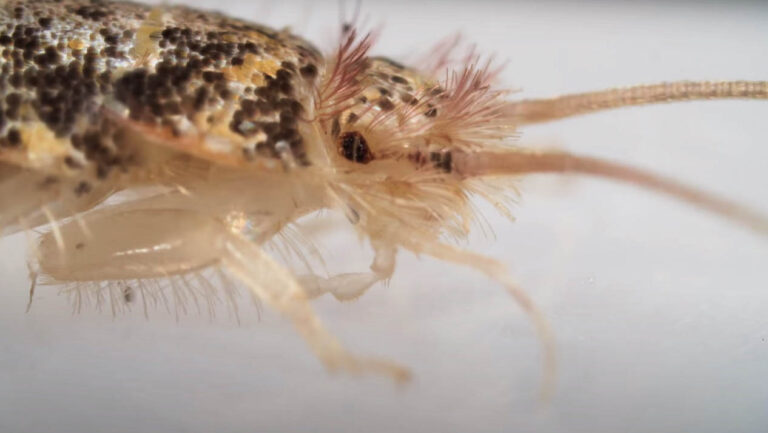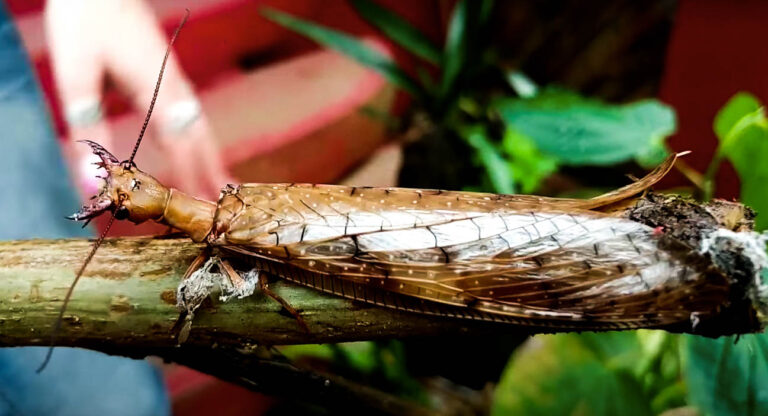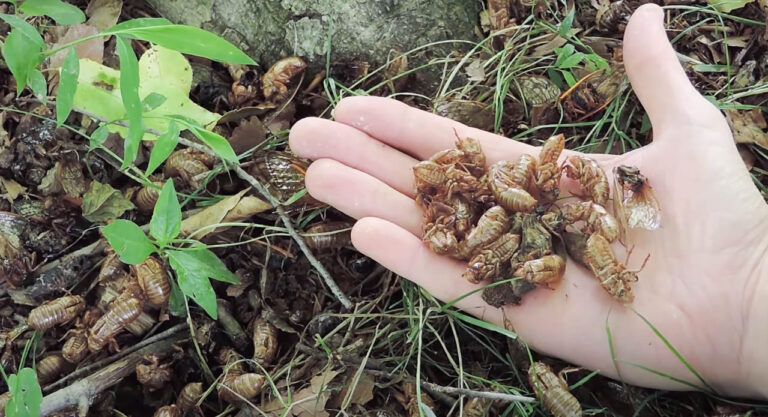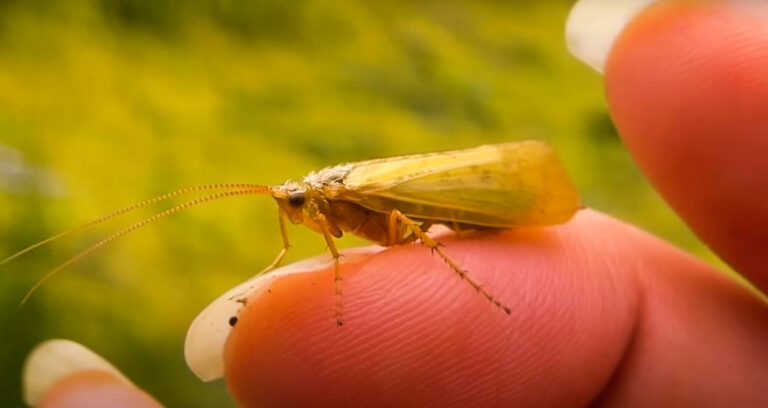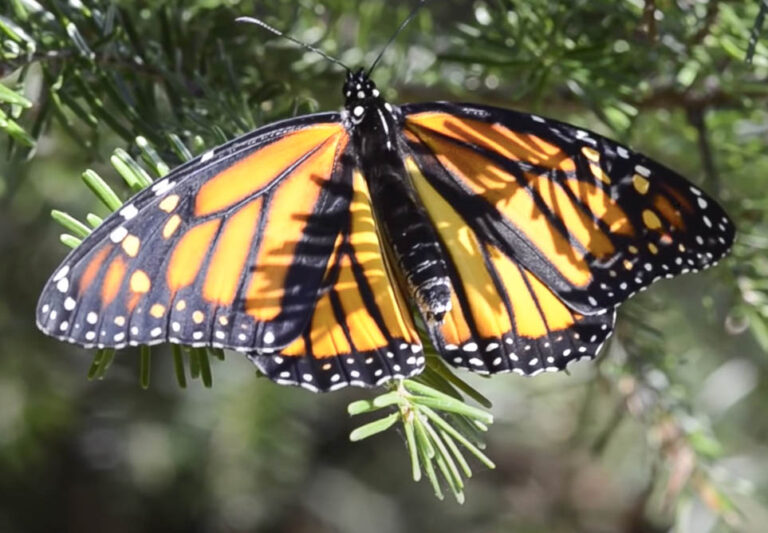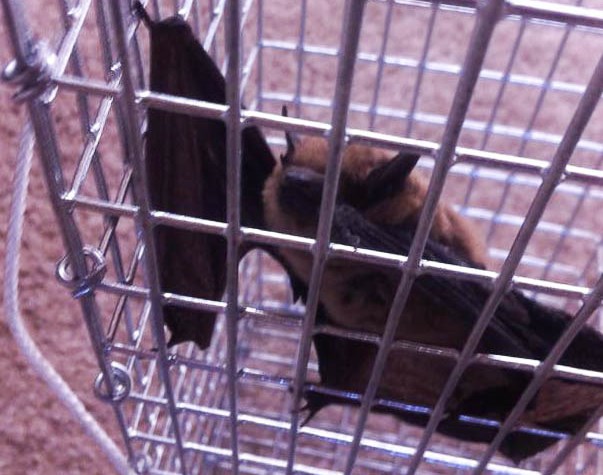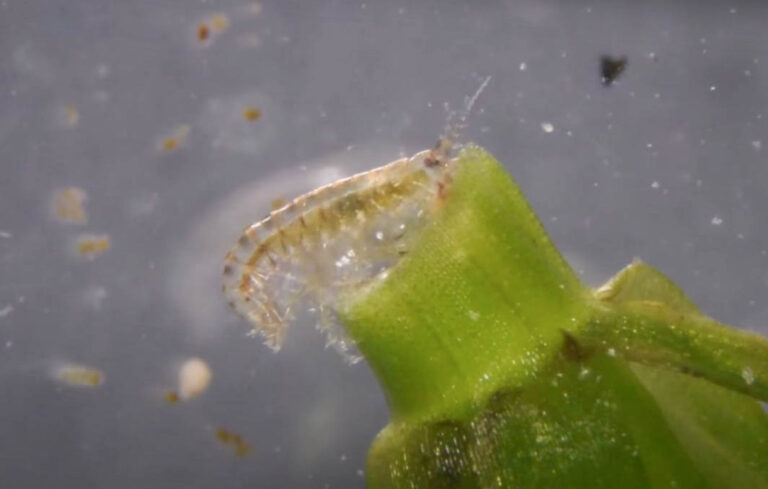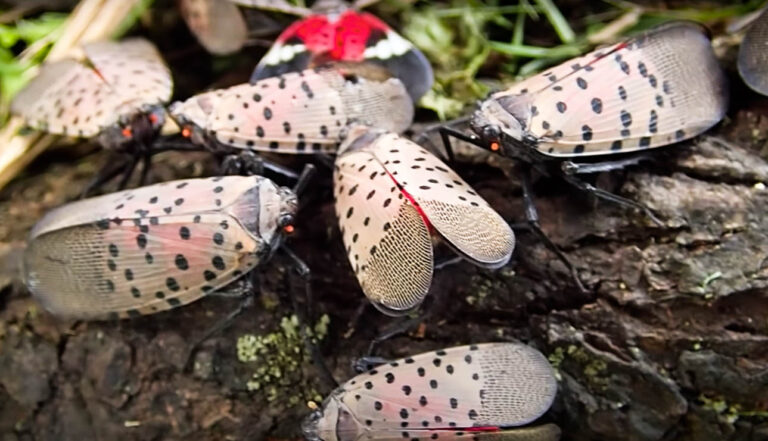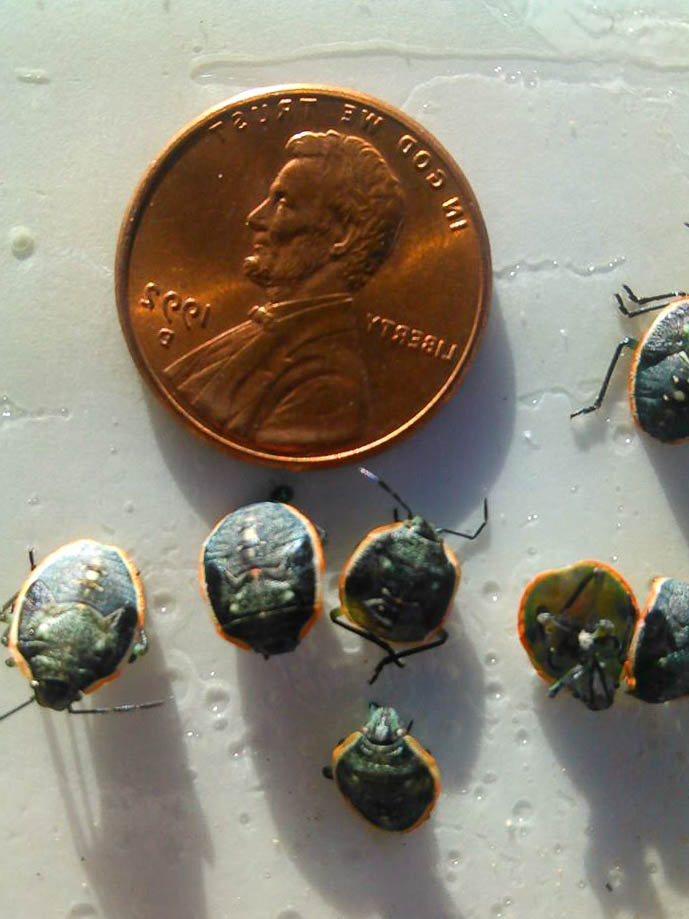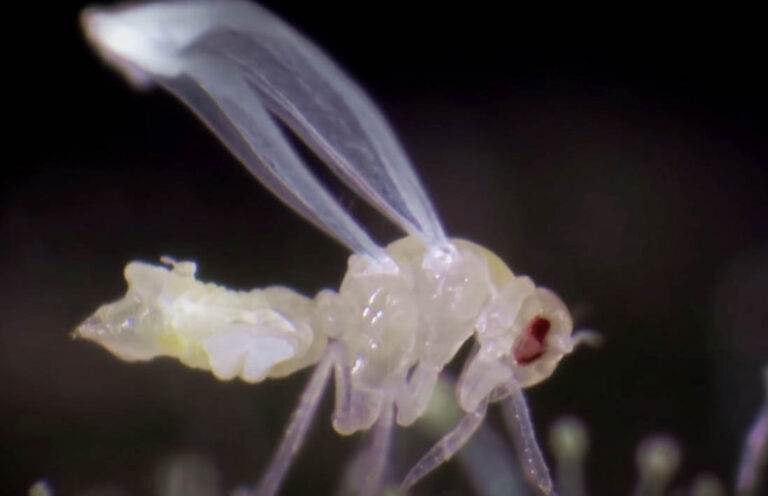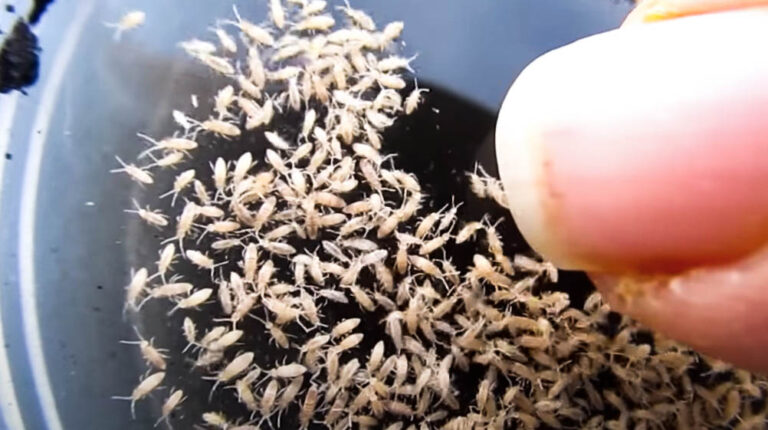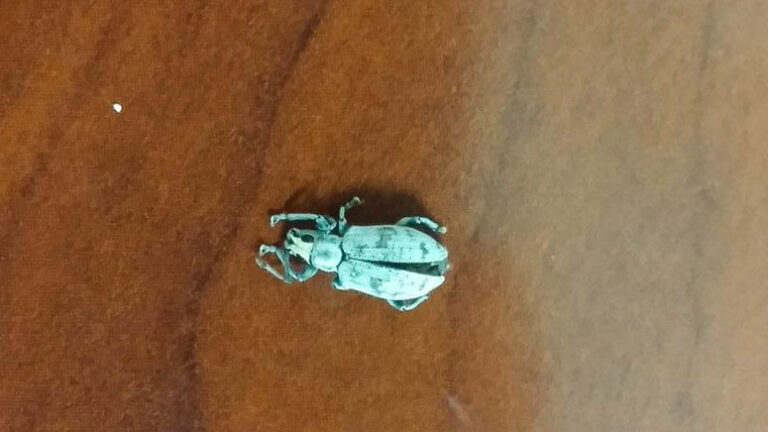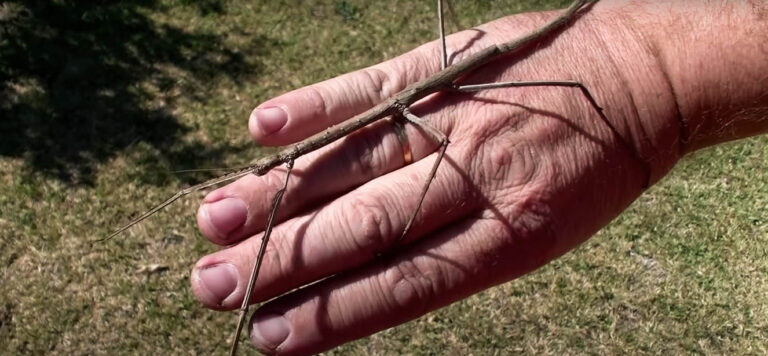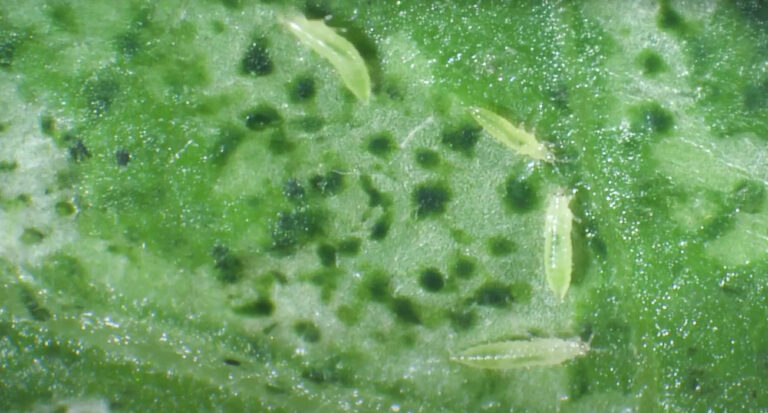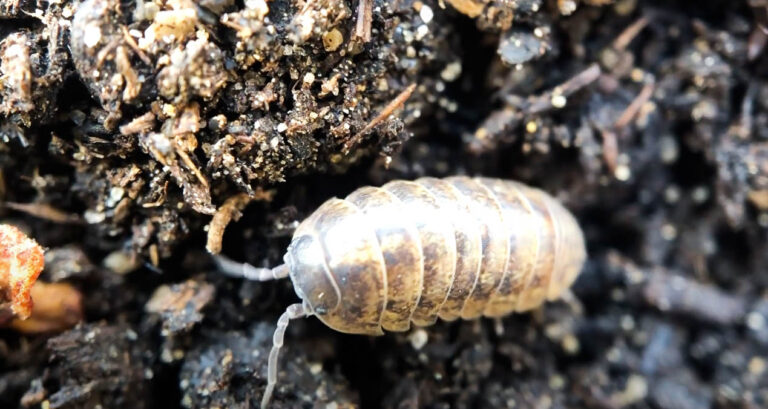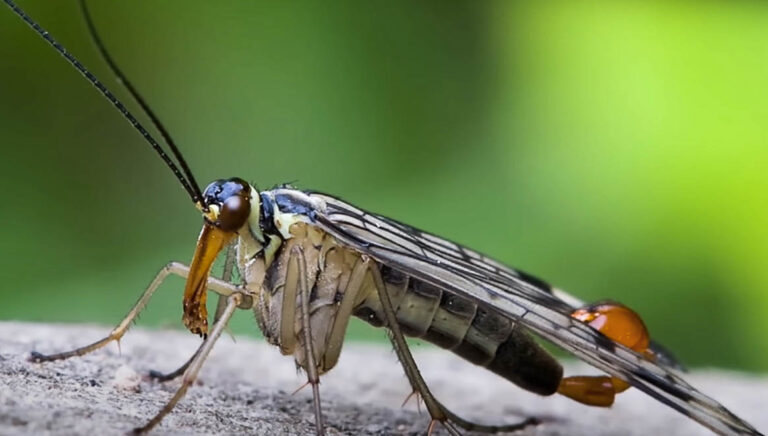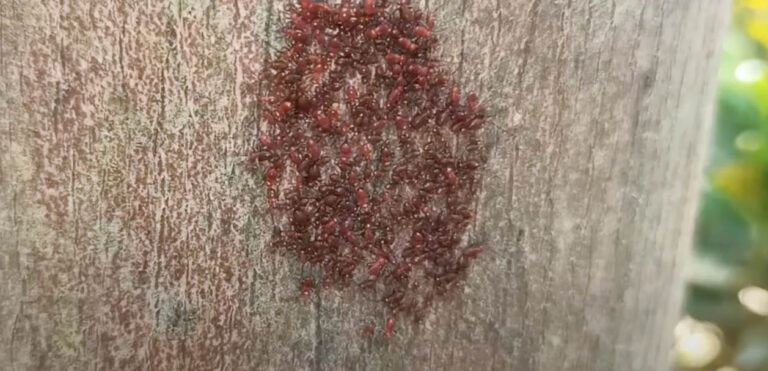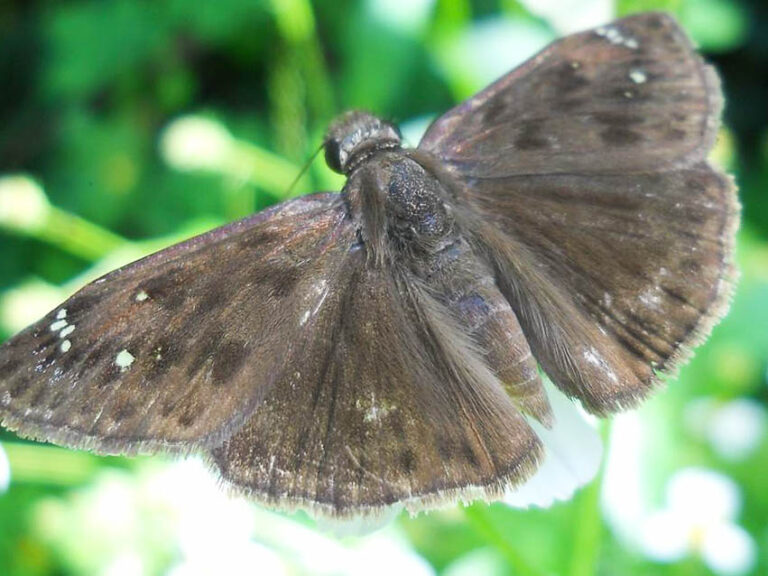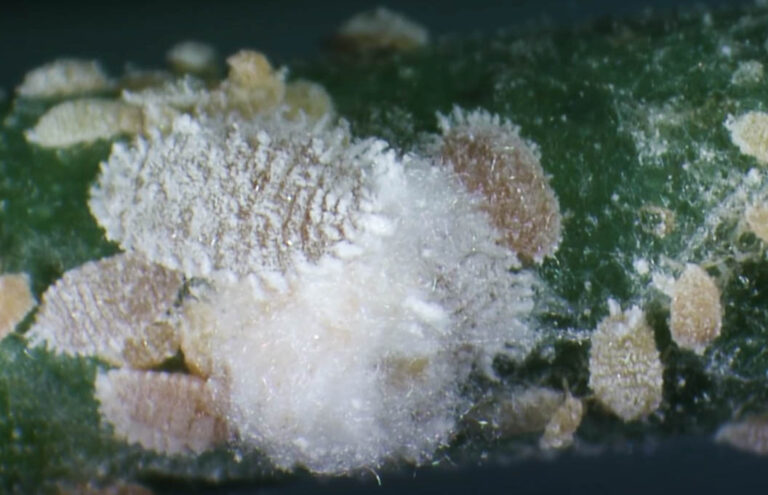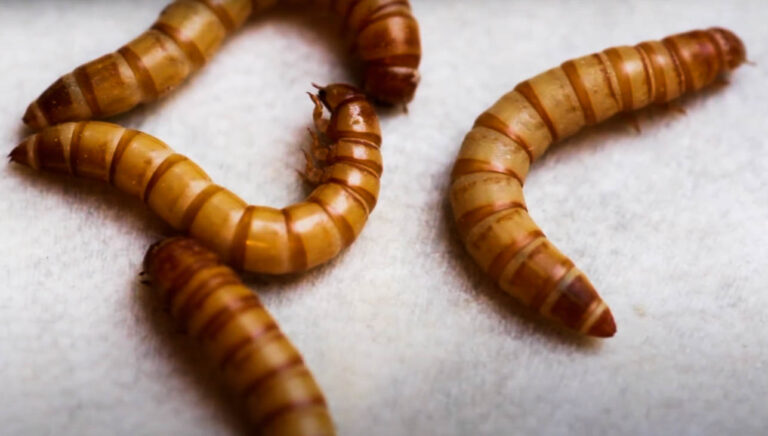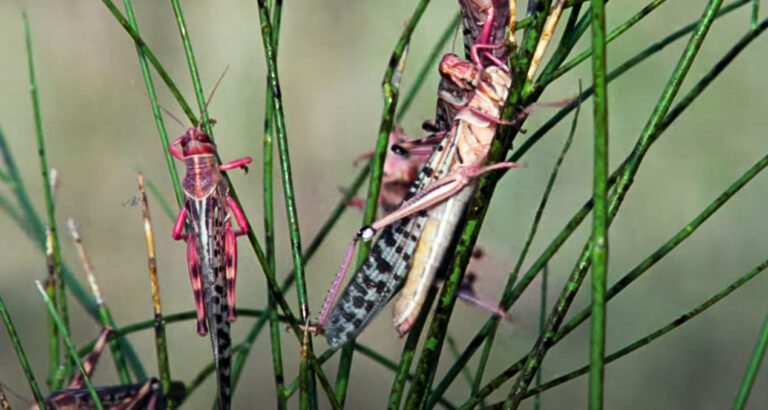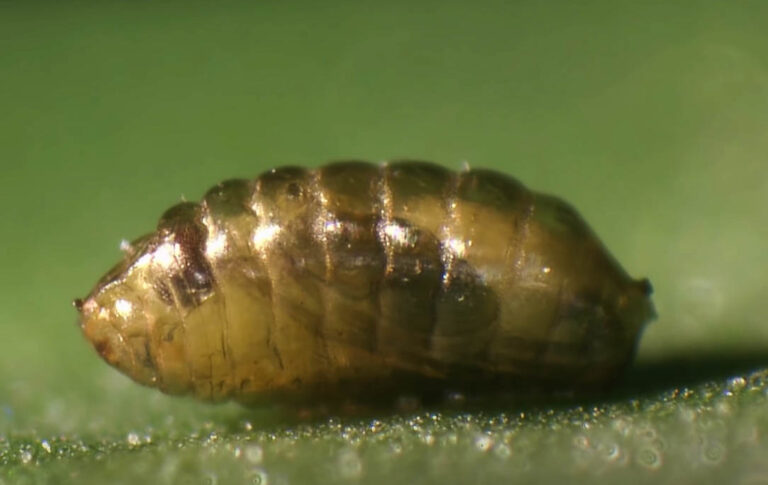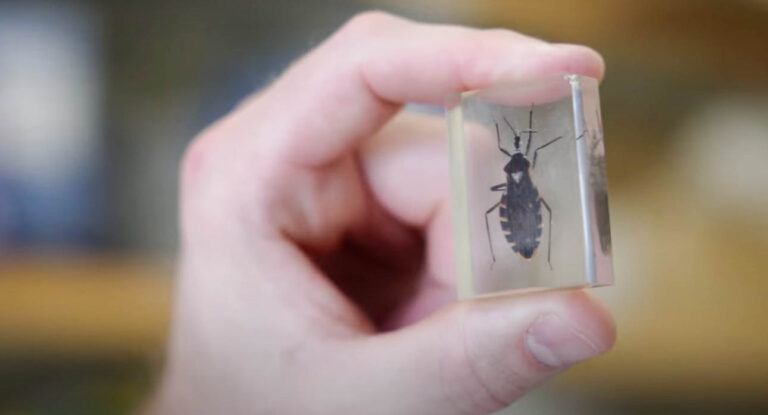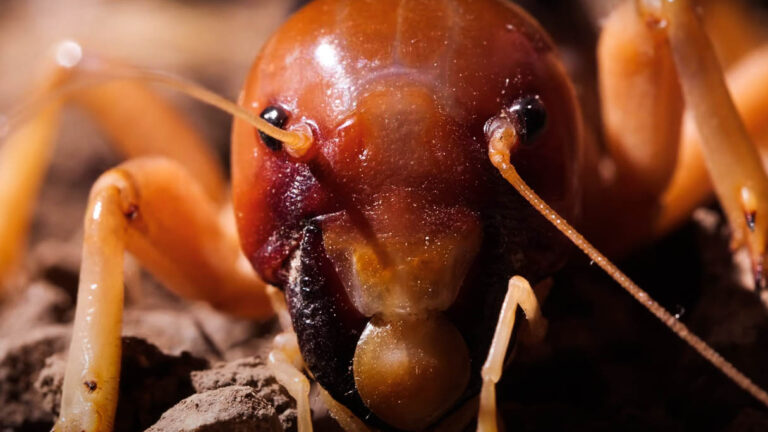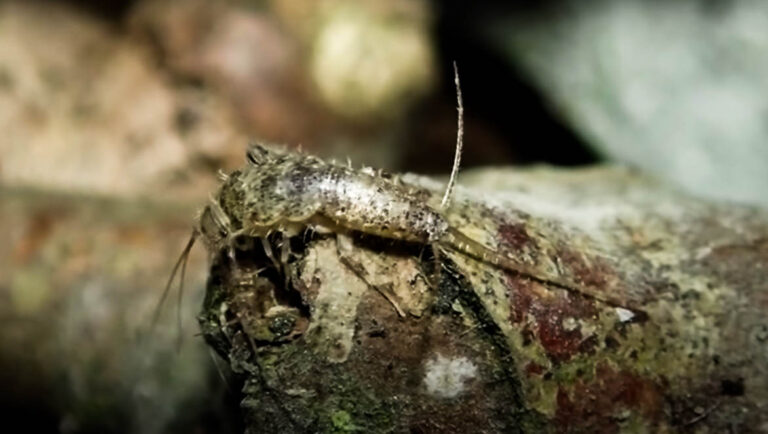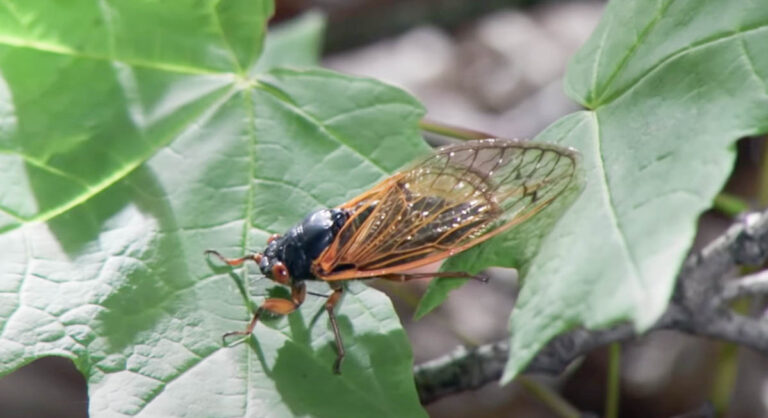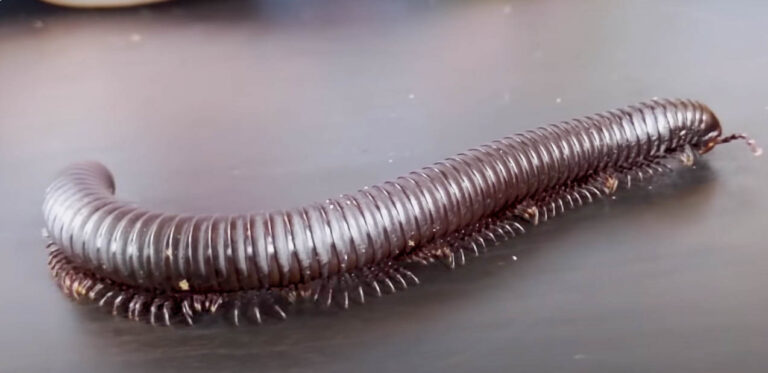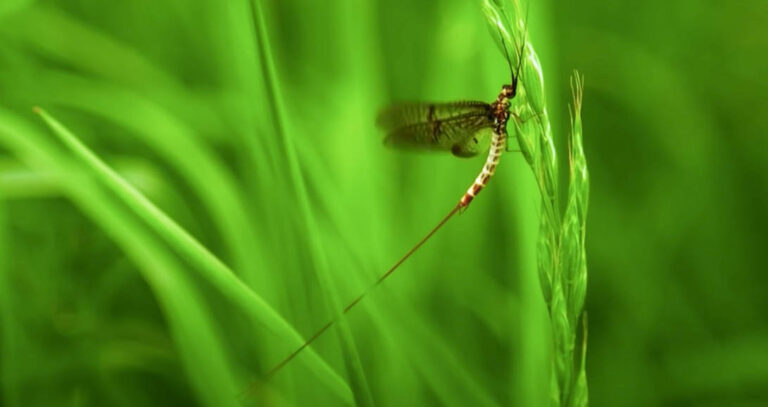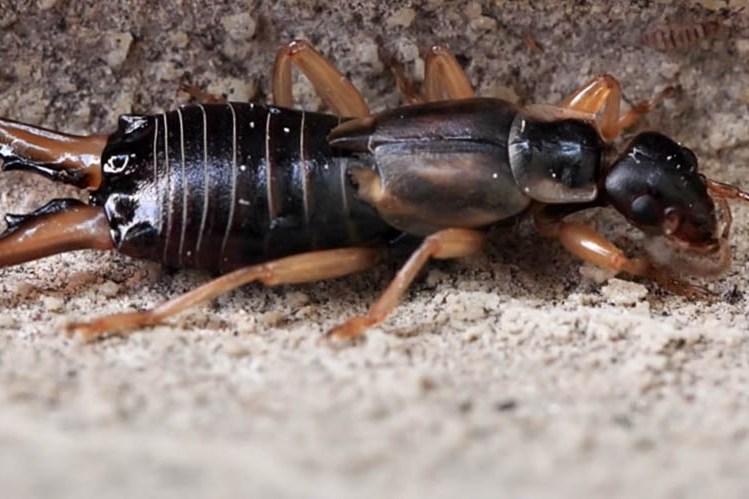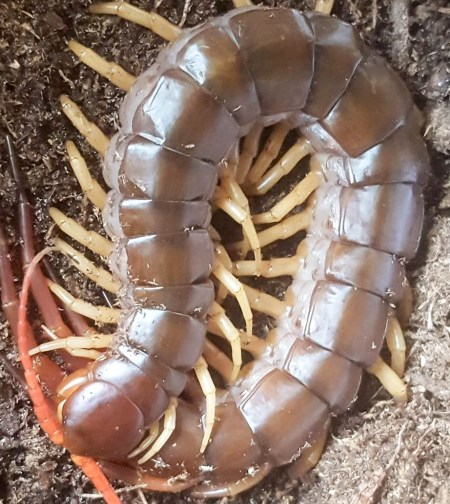About Leaf-footed Bugs
About Leaf-Footed Bugs
The collective, generic name of leaf-footed bugs, also known as squash bugs, actually describes a wide variety of various bug species that have similar traits. The leaf-footed bug is an interesting insect, as it does not harm humans, but it can harm their properties oftentimes. Continue reading to find out more about leaf-footed bugs and how they can be controlled.
Appearance
The physical characteristic which gives leaf-footed bugs their name is the structure that can be found on their hind legs that looks similar to a leaf. In addition to this, a defining characteristic is their average size as compared to most insects. The leaf-footed bug can get as large as about one inch in length, depending on the particular species they belong to. These bugs come in a variety of colors, but usually are a very dull black or a dark brown, and they will sometimes have different light-colored markings located about their body. This body color helps the leaf-footed bug to blend in very well in a variety of surroundings.
Behavior
None of the varieties of leaf-footed bugs really have anything peculiar about their behavior. They like to feed on a variety of plants that can be found in gardens, yards, and fields. Some of their favorite plants are pomegranates, tomatoes, and a variety of other vegetables, ornamental plants, and fruits. Like many other types of insects, female leaf footed bugs lay their eggs on the leaves of their favorite plants to eat. Once these younglings hatch, they consume the juices from the leaves of the host plant, and then move on to more. In many places that have warmer climates, there can potentially be up to three reproduction cycles of leaf-footed bugs in one year.
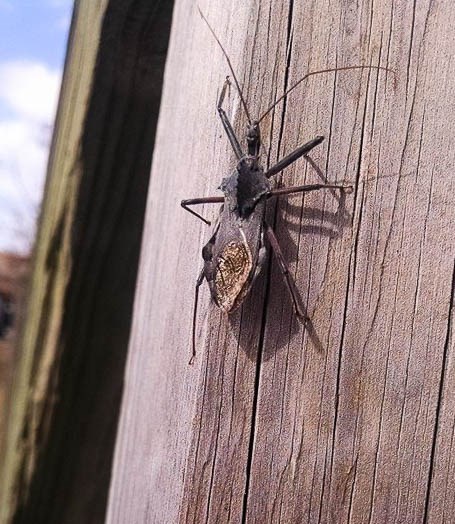
Habitat
Like most bugs, the leaf-footed bug will always try to live as close to food sources as possible. Most often, the leaf-footed bug’s ideal habitat is the area in which they are born, as their mother laid her eggs on a food plant. These areas more than likely are well-populated by many other common food plants for these insects. Any fields, vegetable gardens, or flower gardens are great places for leaf-footed bugs to live in nature. Once it begins to get cold, these insects might try to gravitate towards homes and other warm areas, as they are overwintering bugs, much like box elder bugs, ladybugs, and kudzu bugs.
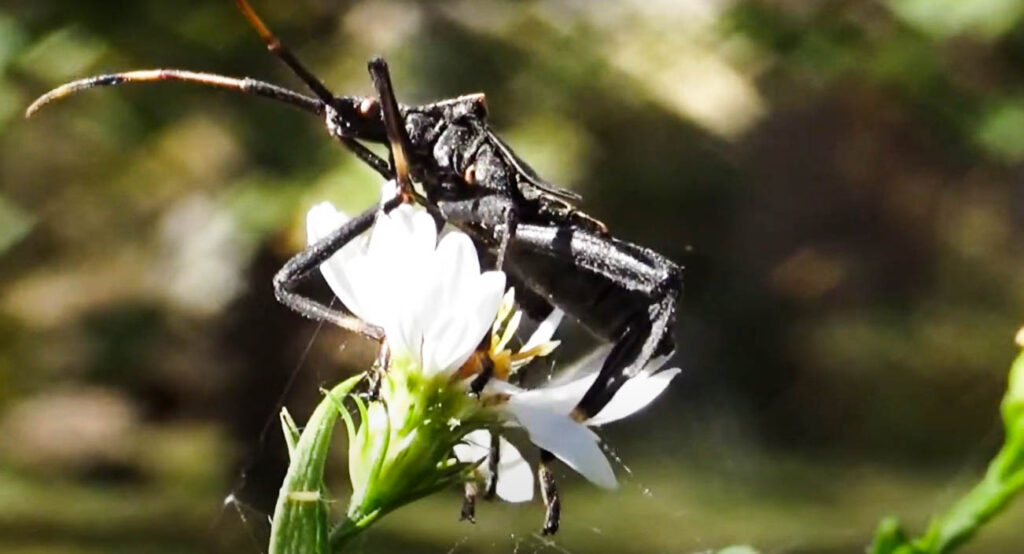
Damage They Cause
Even if they do get inside of your home, leaf-footed bugs will not cause any damage to your home or any building materials within it. They also do not bite or sting humans, and do not transmit any diseases to humans or pets. They are generally more of a nuisance bug, as they release a terrible odor if they are squished, so be aware of that. With that being said, if you have a vegetable, crop, or flower garden, they can be a serious pest. Not only do they take nutrients from your plant and eventually damage or kill them, but they can also spread diseases to your plants. While it is rare that a large infestation will occur and wipe out plants, it is always possible.
Infestation Signs
Leaf-footed bugs leave the same signs as most other bugs that harm plants. You will at first notice pale spots on the plant where the bug pierced the leaf and begin sucking out the plant’s juices. Eventually this will spread and can cause whole sections of the plant to die. In addition to this, you may notice that your plants are becoming diseased or distressed due to a leaf-footed bug giving it a disease. If leaf-footed bugs make it into your home, you will likely not notice any signs other than seeing the bug itself.
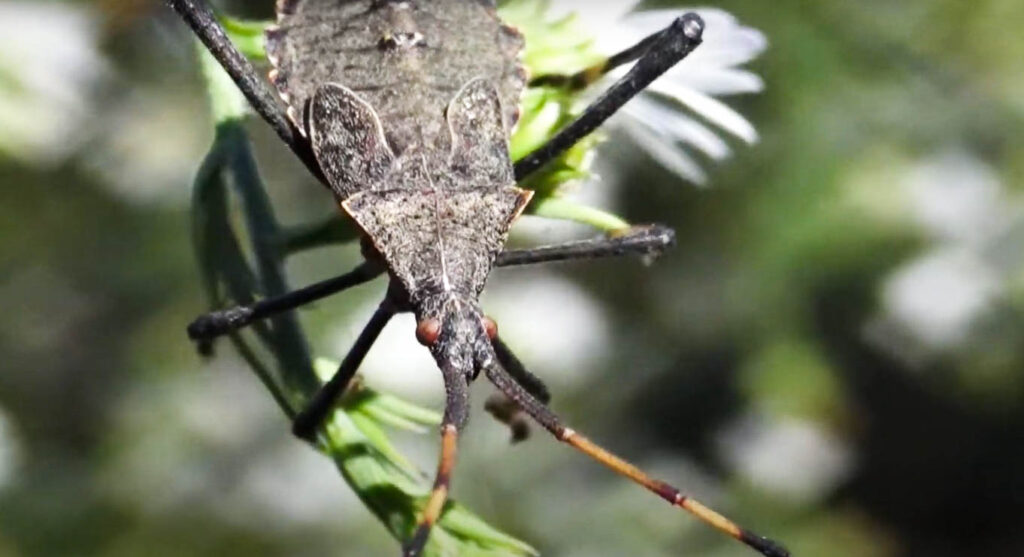
How to Get Rid of Them
Luckily, leaf-footed bugs will only stay for the winter, and it is highly unlikely that large numbers will inhabit your home. They do not leave eggs in homes and will leave as soon as it gets warm. While this is good news, they will harm your garden no matter what. One of the best ways to control leaf-footed bugs on your property is to apply insecticides to the infested areas. Other than this, keeping your plants healthy will go a long way in preventing eventual death from the bugs. If you need help from an expert, be sure to contact your pest control company, as they will be able to get rid of your leaf-footed bug problem quickly and in a cost-effective manner.

